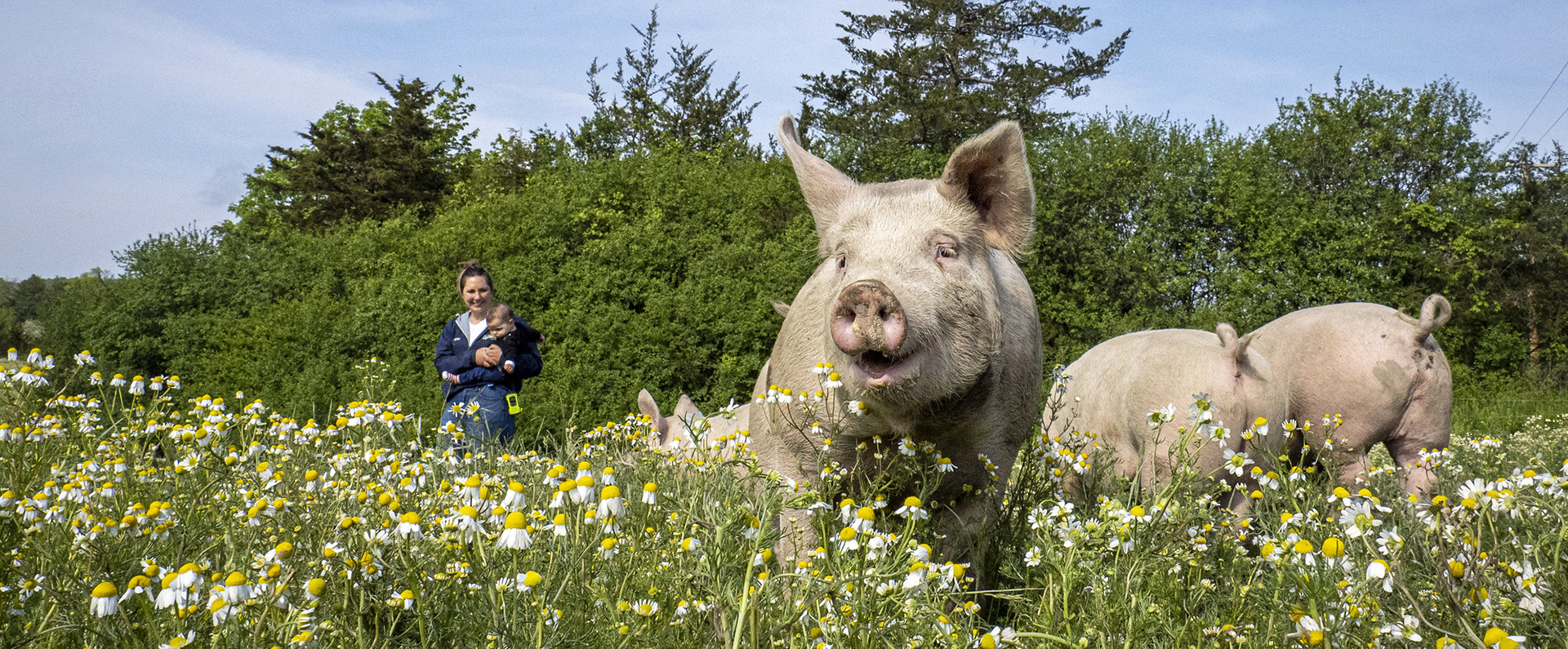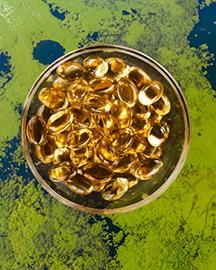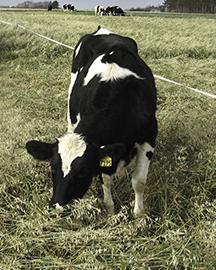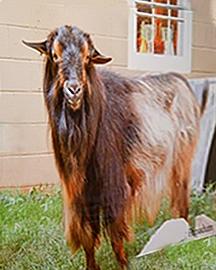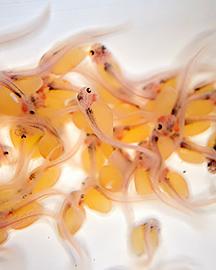Influenza A Strains in Pigs a Threat to Humans
In 2009, a strain of influenza A resulted in thousands of human deaths across the globe. Nearly a decade and a half later, the same strain is still being passed between humans and swine. Evolutionary changes in the 2009 influenza A strain could create a greater spread of the virus between swine and humans.
ARS researchers in Ames, IA, studied transmission of the 2009 influenza A strain between 2009 and 2021 and discovered that the virus crossed from humans to swine at least 370 separate times, with most of these events occurring when the virus burden was highest among humans. The researchers also determined that a) most human-to-swine transmission events were isolated, and b) persistent virus circulation among swine was associated with at least five instances of swine-to-human transmission. The study concluded that managing influenza A infection in humans who work with swine can help prevent transmission to pigs and the subsequent risk of spread back to humans.
Related Information
Research Project: Reverse-Zoonoses of 2009 H1N1 Pandemic Influenza A Viruses and Evolution in United States Swine Results in Viruses With Zoonotic Potential
Factsheet: Influenza A Virus


